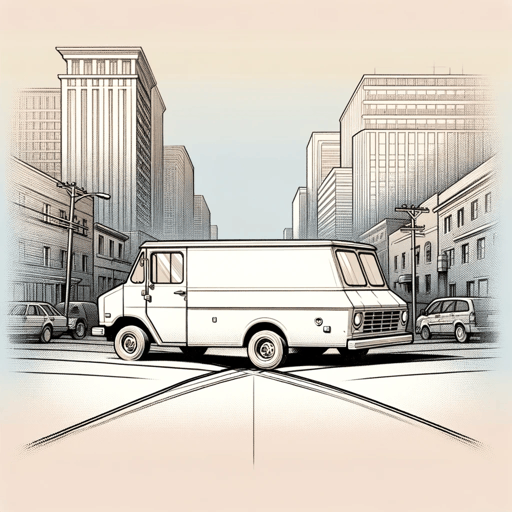46 pages • 1 hour read
China MiévilleThe City and the City
Fiction | Novel | Adult | Published in 2009A modern alternative to SparkNotes and CliffsNotes, SuperSummary offers high-quality Study Guides with detailed chapter summaries and analysis of major themes, characters, and more.
Themes
Borders as Social and Arbitrary Constructs
As empires rise and fall, their borders dissolve and shift. Yet as borders are reconfigured, often after a war, they become enforced as if inviolate. China Miéville takes this notion of borders as absolute truth to an absurd extreme, drawing borders around two cities that occupy the same physical space. Not only are Besźel and Ul Qoma separated by strictly enforced borders, but those borders also lead to the development of two distinct languages and cultures. Ul Qoma is depicted as economically more vital that its sister city: Its technology is newer, its architecture more elaborate, and it has a monopoly on archaeological relics. Miéville suggests that the forced division of cities/countries will inevitably result in inequity as parties vie for limited resources. Besźel, trying to woo investment and raise its economic profile, fights an uphill battle as corrupt politicians skim off the top and multi-national companies won’t invest in an embattled city without some kind of compensation. And so the inequity continues.
The borders between Ul Qoma and Besźel are more tightly patrolled than any border in real life. Citizens of both cities are conditioned from the beginning to do something patently absurd: to “unsee” that which is right in front of them.
Related Titles
By China Miéville
Featured Collections
Appearance Versus Reality
View Collection
Books on Justice & Injustice
View Collection
Fantasy
View Collection
Fear
View Collection
Mystery & Crime
View Collection
Nation & Nationalism
View Collection
Order & Chaos
View Collection
Politics & Government
View Collection
Science Fiction & Dystopian Fiction
View Collection
The Best of "Best Book" Lists
View Collection
TV Shows Based on Books
View Collection



